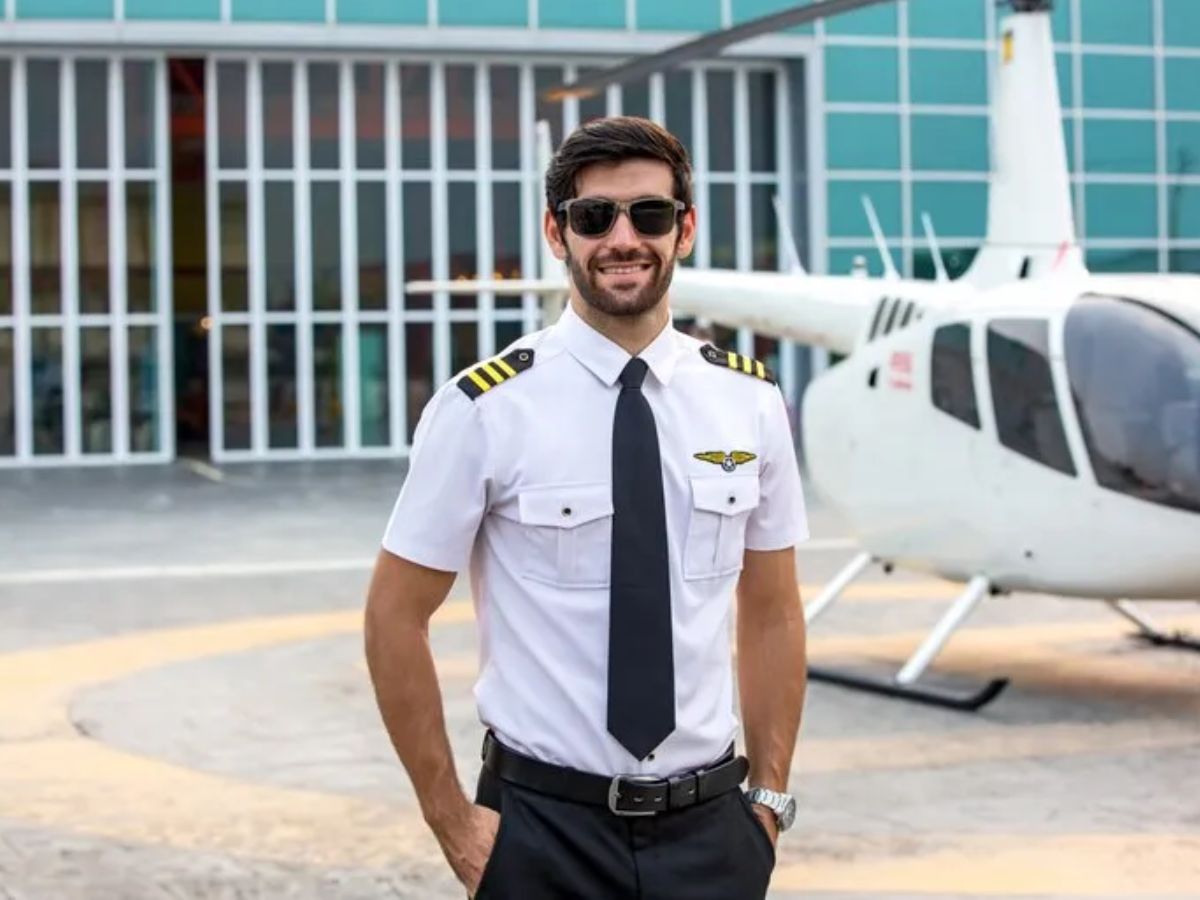So, you’re thinking about becoming a commercial pilot? It’s a demanding path, no question, but for those who make it, the rewards can be significant—travelling to new places, handling a variety of aircraft, and building a career that’s never dull.
Getting there isn’t quick or easy, though. You’ll need several hundred hours in the cockpit before anyone hands you a license to fly for hire.
What does the job of commercial pilots involve?
Well, commercial pilots don’t just fly big jets for the airlines. They might be at the controls of charter flights, emergency transports, crop dusters, or even planes used for firefighting and rescue missions.
Their day-to-day responsibilities are extensive: inspecting the aircraft before and after every flight, making sure there’s enough fuel, checking the weather, keeping the plane balanced and within weight limits, and of course, handling takeoffs, landings, and everything in between.
There’s also plenty of paperwork—filing flight plans, monitoring all the systems during flight, handling unexpected situations, and navigating with both instruments and visual cues.
How Many Flight Hours Do You Need To Become a Commercial Pilot?
Aspiring commercial pilots are required to log at least 250 hours in the air. This includes 50 hours of cross-country flying and 100 hours as pilot-in-command. You’ll also need experience flying complex aircraft (at least 10 hours) and instrument time (another 10 hours).
Training includes performing advanced manoeuvres and completing a long cross-country flight—think about 300 nautical miles, with one leg stretching at least 250 miles.
What Kind Of License Do You Need?
When it comes to licenses, you’re looking at the FAA Commercial Pilot Certificate—also called the Commercial Pilot License (CPL) in some countries. To get started, you must be 18 or older, already hold a private pilot license, be able to read, write, and speak English, and pass a medical exam. An instructor from an approved school will need to sign off on your training.
After that, you decide if you’re pursuing a commercial single-engine or multi-engine license, and then choose a school to finish your training.
Training starts with the private pilot license, where you learn the basics—flight principles, maintenance, maneuvers, airport communication. There are different training options: modular (pay as you go, more flexible) or integrated (quicker, but more expensive and intensive—usually around 14 to 18 months if you go full-time). Some schools roll recreational or private training into the commercial program, which can speed things up.
Getting trained to become a commercial pilot
During your training, you’ll log the required flight hours—solo and with an instructor, during the day and at night, in various weather conditions, and with a range of takeoffs and landings.
Once you’ve checked all those boxes, you’ll need to pass two tests: a written exam (multiple choice) and a practical flying exam with an FAA examiner. The practical includes demonstrating your ability to handle a variety of flight scenarios safely and competently.
If you’re serious about this career, be ready for a tough but rewarding journey. The path is well-defined, but it takes commitment, discipline, and a real passion for flying.
You gotta pass the written test—no way around it—if you want to prove you actually know your stuff when it comes to safety rules and navigation. It’s not just a box to check. They need to know you’re not going to wing it with people’s lives.
What degree/education do you need to become a commercial pilot?
Now, about college—do you need a degree before you start flight training? Technically, no. You can jump into pilot training straight after high school. But let’s be real: most airlines these days love seeing a bachelor’s degree on your resume.
Degrees in mechanical engineering, aerospace, aviation tech, computer science, or physics will give you an edge.
Even if you went the liberal arts route, as long as you picked up some aeronautical engineering classes along the way, you’re good. After that, you’ll want to hit a solid flight school where they’ll teach you the stuff you need to know—things like:
– How flight works (yes, really)
– Keeping the plane in one piece (mechanics)
– Health and safety in the air
– How to read the weather so you don’t end up flying into a storm
– Planning flights and navigation
Oh, and don’t forget about airline cadet programs. These are a huge plus. Not only can they cover some of the training costs (sometimes tuition reimbursement, which, trust me, you’ll want—training can run you $30,000 easy), but they also give you a foot in the door. You get mentorship, you meet people in the industry, and you’re way more likely to land a job after you finish.
What skills do you need to become a commercial pilot?
Communication: If you’re not great at talking to people, start practising now. You’ll be chatting with air traffic control all the time, relaying info to passengers, and coordinating with your crew. It’s not just about being nice—it’s about keeping everyone safe.
Attention to detail: You miss something on your pre-flight checklist, you could be in big trouble later. Pilots are basically professional worriers. You want to spot problems before they become disasters.
Quick thinking: Stuff goes wrong. Sometimes fast. You don’t get ten minutes to ponder your options at 35,000 feet. You gotta keep your cool, make a call, and act. The more you practice thinking through “what if” scenarios, the better.
Technical skills: Yeah, you need to understand the mechanics of the plane and all the instruments. Math matters too—calculating fuel, weight, all that jazz. If physics or meteorology makes your head hurt, better get used to it.
How much do commercial pilots earn?
On average, commercial pilots in the U.S. make about $84,439 a year. Pay is usually hourly and only for the time you’re actually in the air.
The schedule’s pretty stable, though—flights are planned out months ahead, so you’ll have a good idea of your paycheck.
ALSO READ: Inside Air India Flight 171 Tragedy: What Happened In 32 Seconds And What We Know So Far







